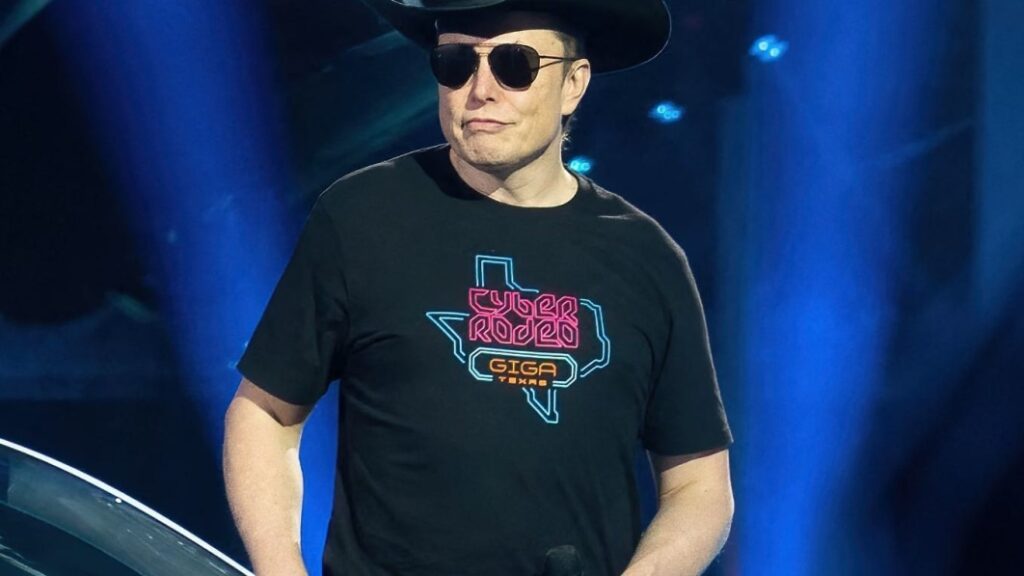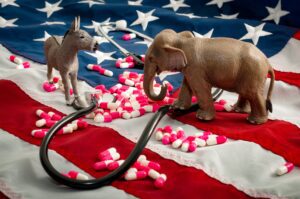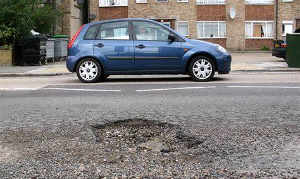Tesla may just be starting to unlock its true potential

Elon Musk is opening up access to its charging network, which has long been considered the company’s secret weapon.
SUZANNE CORDEIRO/AFP via Getty Images
Tesla will let Ford and GM access its Supercharger network starting in 2024.
CEO Elon Musk said he is also open to licensing Tesla software and supplying powertrains and batteries.
Tesla could win big by selling access to its technology and infrastructure.
Tesla is beginning to show just how much potential its technology and infrastructure really have.
The EV giant recently announced it was opening up its Supercharging network to both Ford and GM in strategic partnerships. Starting in 2024, both automakers will be able to give their customers access to Tesla’s expansive charging network with adapters.
But this may just be the beginning of Tesla starting to cash in on its proprietary technologies.
“I believe this is just the first step. It’s starting with Superchargers and, ultimately, I think the next step could be battery technology,” Dan Ives, a Wedbush Securities analyst, said Friday on CNBC. “That’s the golden goose right now is that they (Tesla) have built the castle, and they are waiting for others to call.”
Tesla CEO Elon Musk has been vocal in the past about new business opportunities for Tesla’s technology.
In 2020, Musk said Tesla was open to licensing its software and supplying powertrains and batteries. And on Monday, Musk reiterated this by saying in a tweet that he is “happy to license Autopilot/FSD or other Tesla technology.”
This is significant because Tesla’s software and charging infrastructure have long been viewed as key advantages against the company’s rivals. But Musk obviously sees sharing Tesla’s tech as a way to catalyze EV adoption — in addition to driving new revenue streams.
“We don’t want the Supercharger network to be like a walled garden, we want it to be something that is supportive of electrification and sustainable transport in general,” Musk said in May during the announcement of its partnership with Ford.
Tesla could generate $3 billion by opening its charging network
Ives, who has an outperform rating and a $300 price target on Tesla, likened Tesla’s recent move to an “AWS moment” for Amazon or an “Apple Services moment” because the company will begin making more money via services. He estimated the GM and Ford partnerships alone will generate an additional $3 billion to Tesla’s services EV revenue by 2025.
What’s more, though, Ark Invest CEO Cathie Wood, who is a long-time bullish Tesla investor, said on CNBC Friday that the Ford and GM partnership could also help fund the expansion of Tesla’s 12,000-Supercharging network.
“What’s interesting about this is it does help Tesla underwrite the charging station expense,” Wood said. “Because if you look at Tesla sales they are highly concentrated on the coasts. Now, it’s going to make a lot more sense for Tesla to roll out charging stations that much faster throughout the country.”
Wood has a $2,000 price target for Tesla stock by 2027, and has not factored Tesla’s recent deals into that price, she said.
Tesla also will get a lot of free marketing from opening up its network, and can potentially offer even more services at each charging location, hypothetically giving it even more ways to make money.
Tesla has some 12,000 Superchargers in North America.
Smith Collection/Gado/Getty Images
“I think there is some fun direction they could take these charging stations over time. I mean they could really stick it to traditional auto and turn these into showrooms,” Gene Munster, managing partner at Deepwater Asset Management, said on CNBC Friday. “They’ve kicked around that idea in the past of making these Tesla-branded destinations.”
Tesla owners could face longer lines at charging stations
But Munster said he didn’t see opening up the charging stations as an big revenue driver in the near term.
“When you look at the context of Tesla’s overall market cap, look at their revenue, this is a fractional business and will probably remain a small business. Even with the addition of Ford, GM, and other car makers,” Munster said.
“So I view this more as a positive for GM and Ford. It’s probably a neutral slight positive for Tesla. Like we talked about, because they will pick up some infrastructure revenue, but ultimately it’s that they’re giving the rails to these competitors which have been struggling.”
Munster also said he could see Tesla owners not loving the idea of giving other EV owners access to the Supercharging Network. This is because more people can mean more lines, and less ease getting your car quickly charged.
If that’s the case, the move could backfire against Tesla.
Ives, though, said that this is just the beginning of Tesla’s larger plan to sell rivals access to its technology, and Ford and GM are just some of its first “ambassadors.”
“From batteries to Superchargers to storage… the sum of the parts thesis is now starting, I believe in the early stages, to play out with ambassadors,” Ives said.




